New Years
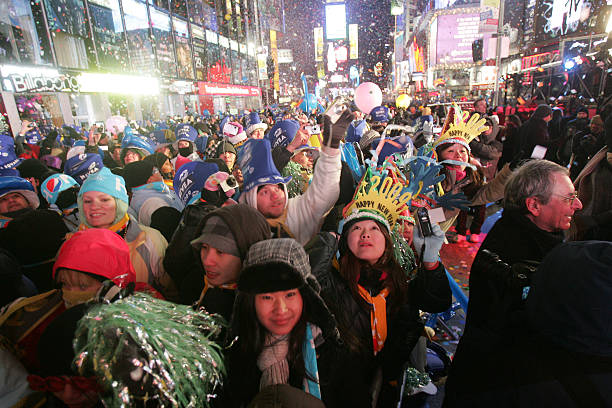
New Year’s Day celebrations can be traced back to 2000 BCE in Mesopotamia, where the new year began with the new moon. In 46 B.C., Julius Ceasar created the Julian calendar, based on the sun, starting January 1st. The Gregorian calendar, most widely used today, was adopted in 1582 by Catholic nations to correct Julian’s calendar length error. The New Year’s Eve tradition of the ball drop in New York City’s Times Square started in 1907, replacing the fire risk of fireworks, and has occurred almost every year since. In modern society, the New Year is a time for reflection on the previous year, a time to celebrate accomplishments, and an opportunity to set goals for the upcoming year.
Valentines Day
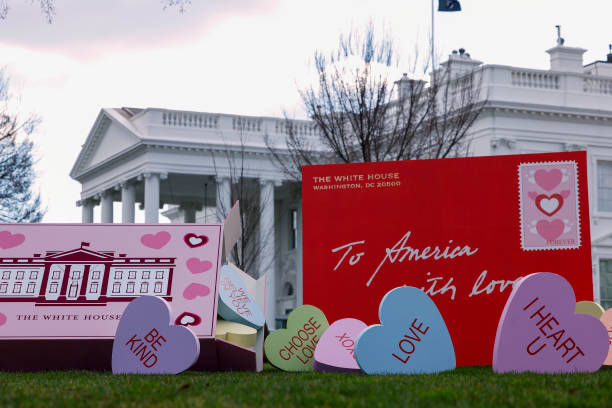
Valentine’s Day was not celebrated as a day of romance until around the 14th century. A Christian martyr named Valentine (Valentine of Rome and Valentine of Terni) could be the reason behind the holiday’s name but what led to that is up for debate. There are two major theories, one being that Valentine was executed on February 14th for defying the emperor’s ban on marriage. Another theory is that Valentine befriended and healed a blind girl, restoring her sight. The night before his execution, he left her a note signed “from your Valentine.” The romantic connection of Valentine’s Day is likely tied to Geoffrey Chacer’s “Parlement of Foules” in 1382. The mass production of Valentine’s cards began in the mid-19th century and is still a widely celebrated holiday today.
Easter
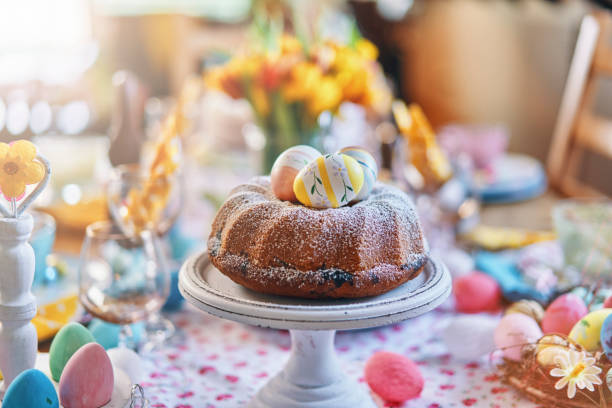
The earliest observance of Easter was in the 2nd century to commemorate the resurrection. In early celebrations, Christians celebrated Easter every Sunday but these are now the foundation of modern weekly Mass. The tradition of decorating Easter eggs dates back to around the 13th century when Lent forbid eggs. Easter egg hunts date back to the 16th century, some suggest, after Martin Luther organized egg hunts where men would hide eggs for women and children to find. The Easter bunny first became a tradition in the United States in the 1700s from German immigrants, specifically in Pennsylvania, after they brought the “Osterhase,” to lay eggs.
Independence Day
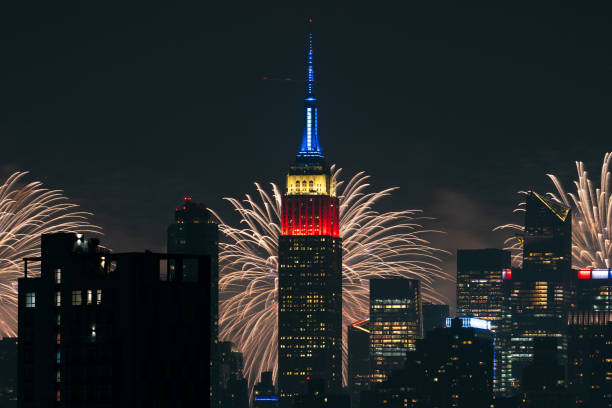
The Declaration of Independence was announced as the separation of the 13 American colonies from Great Britain on July 4th, 1776. The Declaration was signed by most delegates on August 2nd, making it official. If the British had won the American Revolution, the men whose names were on the paper, risked losing everything. The first Independence Day celebrations in 1777 included fireworks, bonfires, and bells in Philadephia. In New England, towns would compete on who could build the tallest bonfires, lighting them at nightfall. Today, Independence Day is celebrated with parades, family gatherings, fireworks, and, of course, the typical all-American food.
Thanksgiving
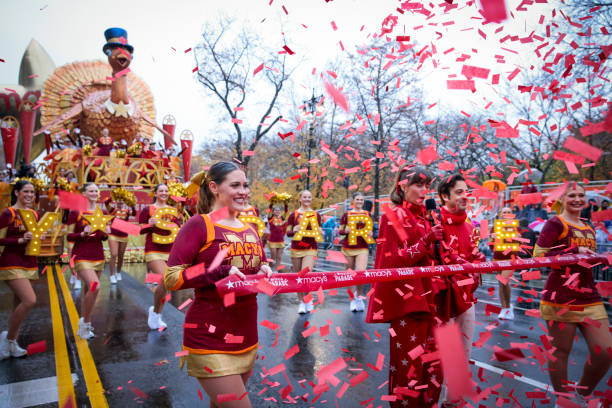
In 1621, the Wampanoag people and English colonists took part in a feast that lasted three days. While this feast occurred, there is no confirmation that this marks the first Thanksgiving. This feast included dancing, games, deer, corn, and shellfish. In 1623, after a two-month drought, there was rainfall and the colonists gave thanks to God, making this a religious Thanksgiving (not tied to the 1621 event). The national holiday was established in the mid-19th century and is based on the 1621 harvest feast. Thanksgiving was previously suggested to be celebrated on November 26th by George Washington but after the end of the Civil War in 1863, Abraham Lincoln suggested it be celebrated on the fourth Thursday of November.
Hanukkah
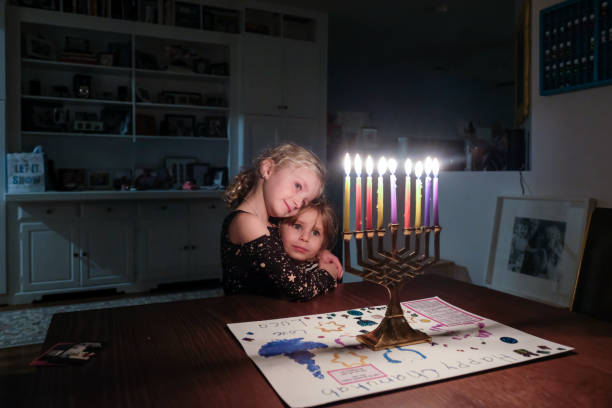
Hanukkah is a Jewish holiday that means “dedication” in Hebrew. Hanukkah commemorates the rededication of the Second Temple in Jerusalem after the Maccabean Revolt in the 2nd century BCE. Hanukkah begins on the 25th of Kislev on the Hebrew calendar, a lunar calendar, which typically falls in November or December. The Dreidel was adopted after the Jewish people struggled to maintain religious freedom. Hanukkah is an eight-day Jewish celebration that is celebrated by lighting the menorah or Hanukkiah, playing games, and giving gifts in modern traditions.
Christmas
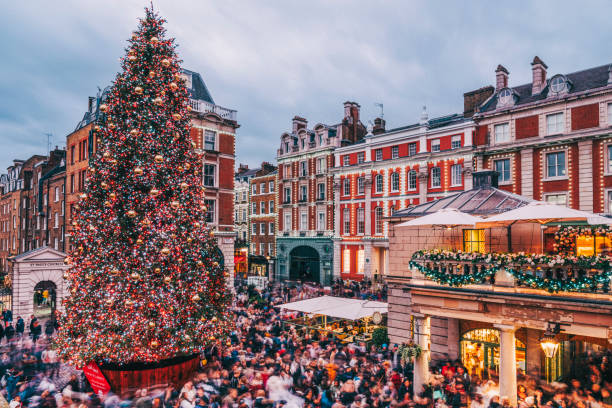
In ancient Rome, December 25th was used to celebrate the return of longer days and in the 4th century, the Christian church adopted December 25th as the birthday of Jesus of Nazareth. Traditions emerged over the centuries including Christmas trees, carolin,g, and Santa Claus. Christmas has incorporated a variety of cultural traditions. The first Christmas tree was decorated in 1510. Modern depictions of Santa Claus come from Clement Clarke Moore’s poem “A Visit from St. Nicholas,” in 1823. Santa Claus’ modern appearance became popular in 1881 after a Coke-a-Cola advertisement featured a man with a red suit and white beard. In Germanic and Nordic countries, Christmas is celebrated on December 24th as children are presented with their presents.


